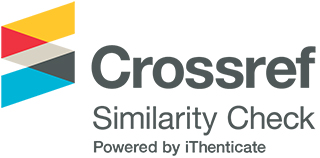Analyzing Pain Modulation Through Analgesics and Devices in the United States: How Studies Historically Exacerbated the Gender Pain Gap
DOI:
https://doi.org/10.33422/jarws.v2i2.730Keywords:
nociception, pain medicine, gender pain gap, healthcare, analgesicsAbstract
Pain medicine has a long history, with the Egyptians and Babylonians using bleeding and trepanning to modulate pain (Doleys). With the birth of pain medicine came the birth of inequities. In fact, in the United States, drugs may not be as effective for half of the population. This paper compiles studies conducted over 2 decades by pain medicine specialists on women's pain treatment, studying factors involved in women being treated differently for chronic/episodic pain. These studies tested different drug dosages and medical devices to highlight the lack of female data in analgesic studies, showing the impact of historic bias on female health. Findings indicate women have not been prioritized in pain studies, affecting their healthcare quality and drug efficacy in these populations. The importance of women-centric studies, clinical trials with more female data, and women in analgesic R&D is emphasized.
Downloads
Published
Issue
Section
License
Copyright (c) 2024 Ahana Raghavan

This work is licensed under a Creative Commons Attribution 4.0 International License.











